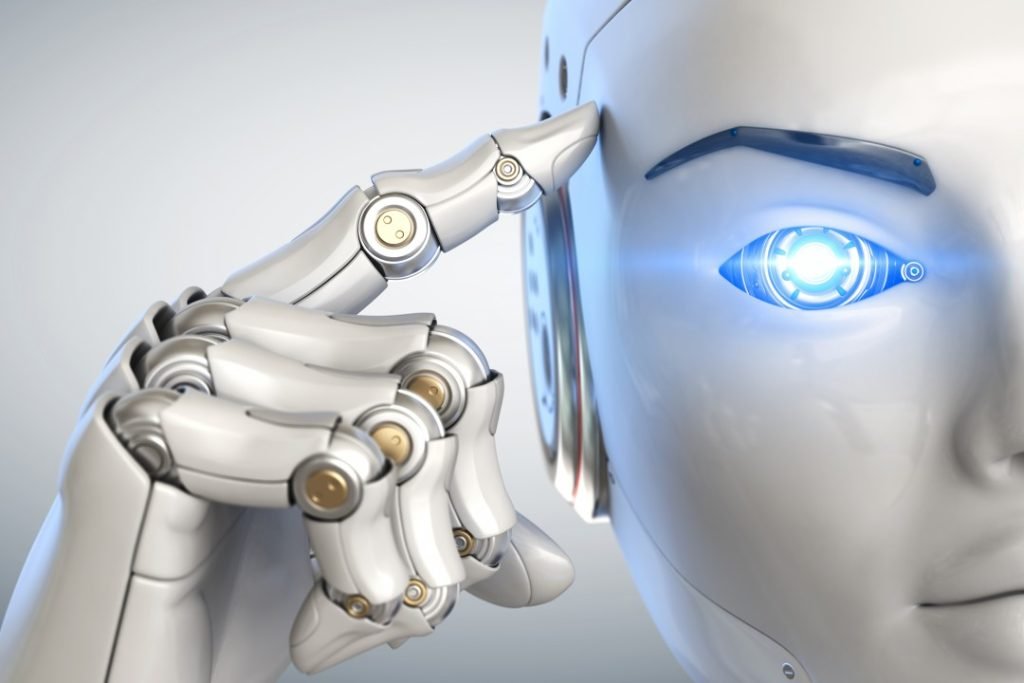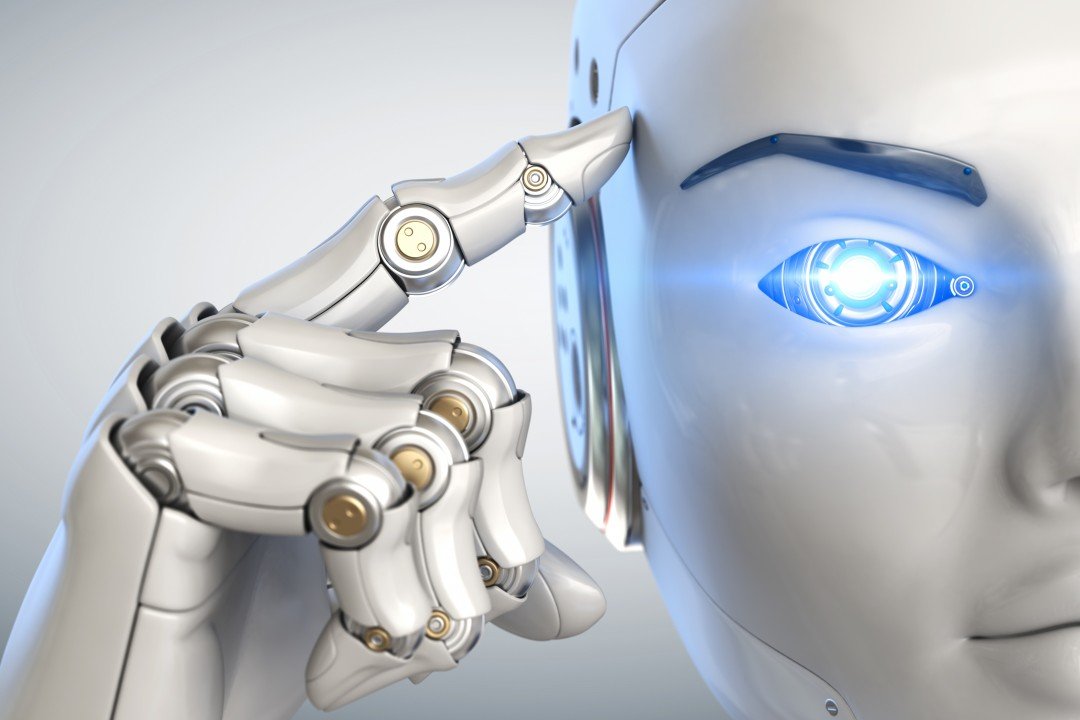
In the ever-evolving landscape of technology, Artificial Intelligence (AI) has emerged as a game-changer. From automating mundane tasks to driving innovation across industries, AI has taken center stage in the world of business and beyond. The journey of AI has been nothing short of extraordinary, and as we look ahead to 2033, it’s essential to examine the path AI is paving towards supremacy in the global market.
The Rise of Artificial Intelligence
Artificial Intelligence, often referred to simply as AI, is a broad field that encompasses the development of machines and algorithms that can perform tasks typically requiring human intelligence. This field has its roots in the mid-20th century but has gained immense momentum in recent years, thanks to advancements in computing power, data availability, and breakthroughs in machine learning techniques.
The journey of AI can be likened to a relentless ascent, gradually scaling new heights and continually pushing boundaries. With every passing year, AI applications have become more sophisticated and ubiquitous, touching almost every aspect of our lives. From virtual assistants like Siri and Alexa to autonomous vehicles and predictive healthcare, AI is transforming industries at a rapid pace.
The Global AI Market: A Glimpse into the Future
As we delve into the AI landscape, it’s essential to understand the trajectory of the global AI market. AI is no longer confined to research labs and tech giants; it’s expanding across various sectors, including healthcare, finance, retail, manufacturing, and more. This widespread adoption is projected to drive the global AI market to unprecedented heights by 2033.
Market Size and Growth
The global AI market is poised for exponential growth over the next decade. According to market research, the AI market is estimated to be worth $190 billion by 2025, with a compound annual growth rate (CAGR) of around 20%. By 2033, it is projected to reach a staggering $2 trillion, solidifying AI’s supremacy in the tech world.
Several factors contribute to this explosive growth. The increasing availability of big data and the advancements in machine learning algorithms are fueling AI’s capabilities. Moreover, businesses are increasingly recognizing the value of AI in enhancing productivity, reducing costs, and improving customer experiences.
Key Players and Competition
The race for dominance in the AI market is fierce. Tech giants such as Google, Amazon, Microsoft, and IBM are at the forefront of AI innovation. These companies have invested heavily in AI research and development, and their efforts are paying off. Smaller startups are also making waves by specializing in niche AI applications, further diversifying the market.
China has emerged as a formidable player in the global AI arena. The Chinese government’s commitment to AI development, along with a vast pool of data, is propelling the nation to the forefront of AI innovation. The competition between the United States and China is expected to shape the future of AI on a global scale.
AI Applications Across Industries
One of the driving forces behind AI’s supremacy is its versatility. AI is no longer limited to a single industry but has branched out to revolutionize various sectors:
Healthcare
In the healthcare sector, AI is streamlining diagnostics, drug discovery, and patient care. AI-powered predictive analytics can identify diseases at an early stage, while robotic surgery assists surgeons in performing complex procedures with precision.
Finance
AI is transforming the financial industry through algorithmic trading, fraud detection, and personalized financial advice. Chatbots and virtual assistants are enhancing customer service, making banking more accessible and convenient.
Retail
AI-powered recommendation engines are boosting sales in the retail sector by providing customers with personalized product suggestions. Inventory management and supply chain optimization are also benefiting from AI’s data-driven insights.
Manufacturing
AI-driven automation is improving efficiency in manufacturing, from predictive maintenance of machinery to quality control. Robots equipped with AI are increasingly used in assembly lines to handle complex tasks.
Autonomous Vehicles
Self-driving cars are a prime example of AI’s impact on transportation. Companies like Tesla, Waymo, and Uber are leading the charge in developing autonomous vehicles that promise safer and more efficient transportation systems.
Challenges and Ethical Considerations
Despite the remarkable progress, AI’s path to supremacy is not without hurdles. Ethical concerns surrounding AI’s use, including bias in algorithms and job displacement, must be addressed. Regulation and responsible AI development are essential to ensure AI benefits society as a whole.
Conclusion: Navigating the AI Future
As we anticipate the global AI market’s growth by 2033, it’s clear that AI is on a trajectory to supremacy. Its ability to transform industries, enhance efficiency, and drive innovation is undeniable. However, we must navigate this path carefully, addressing ethical concerns and ensuring that AI benefits everyone.
The world of AI is dynamic, and its evolution will continue to shape our future. Whether it’s in healthcare, finance, retail, or transportation, AI is set to become an integral part of our lives, driving progress and innovation on a global scale. Embracing this technology while being mindful of its ethical implications will be key to harnessing AI’s full potential as we journey toward 2033 and beyond. The future is AI, and its path to supremacy is only just beginning.



